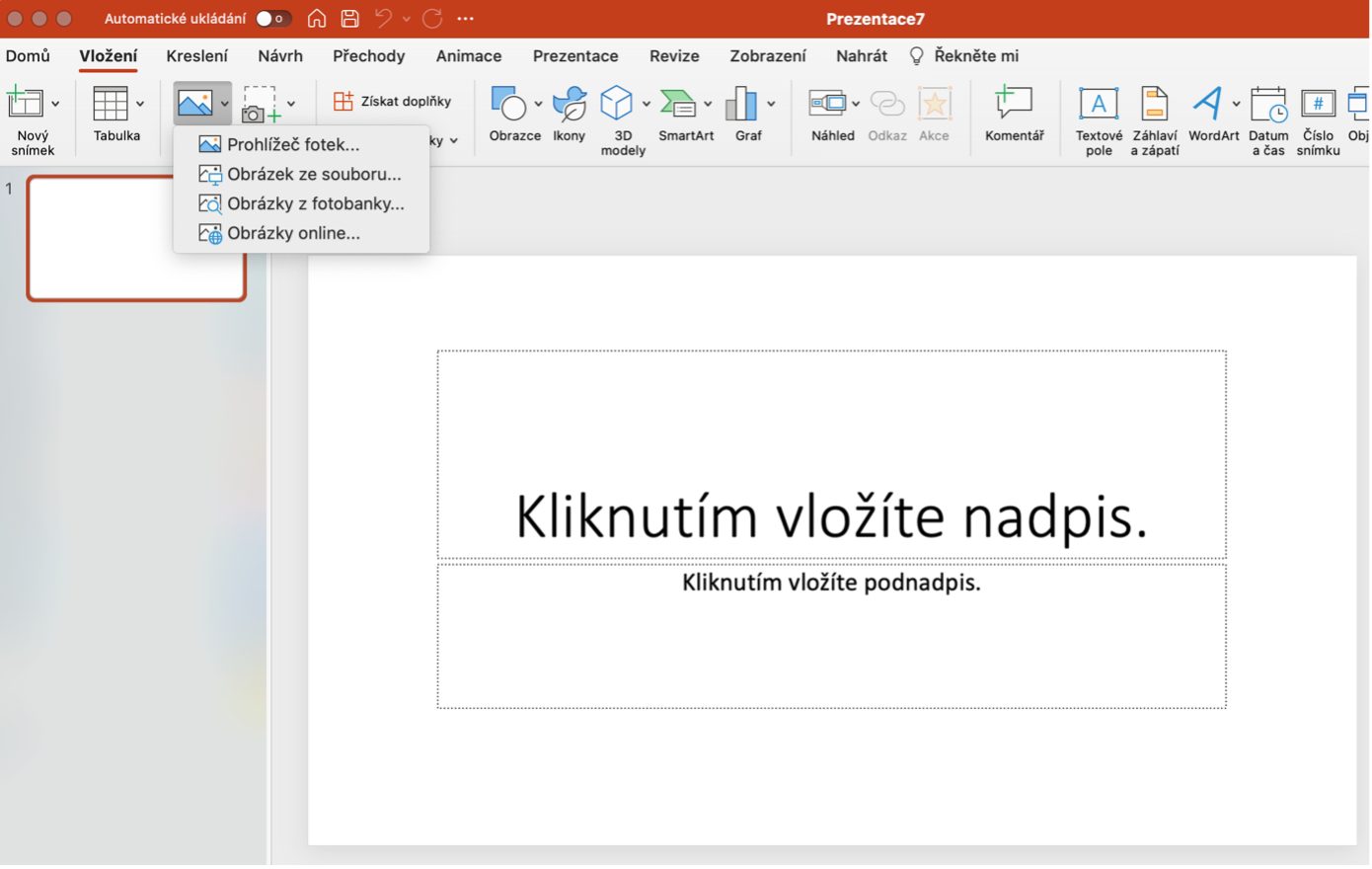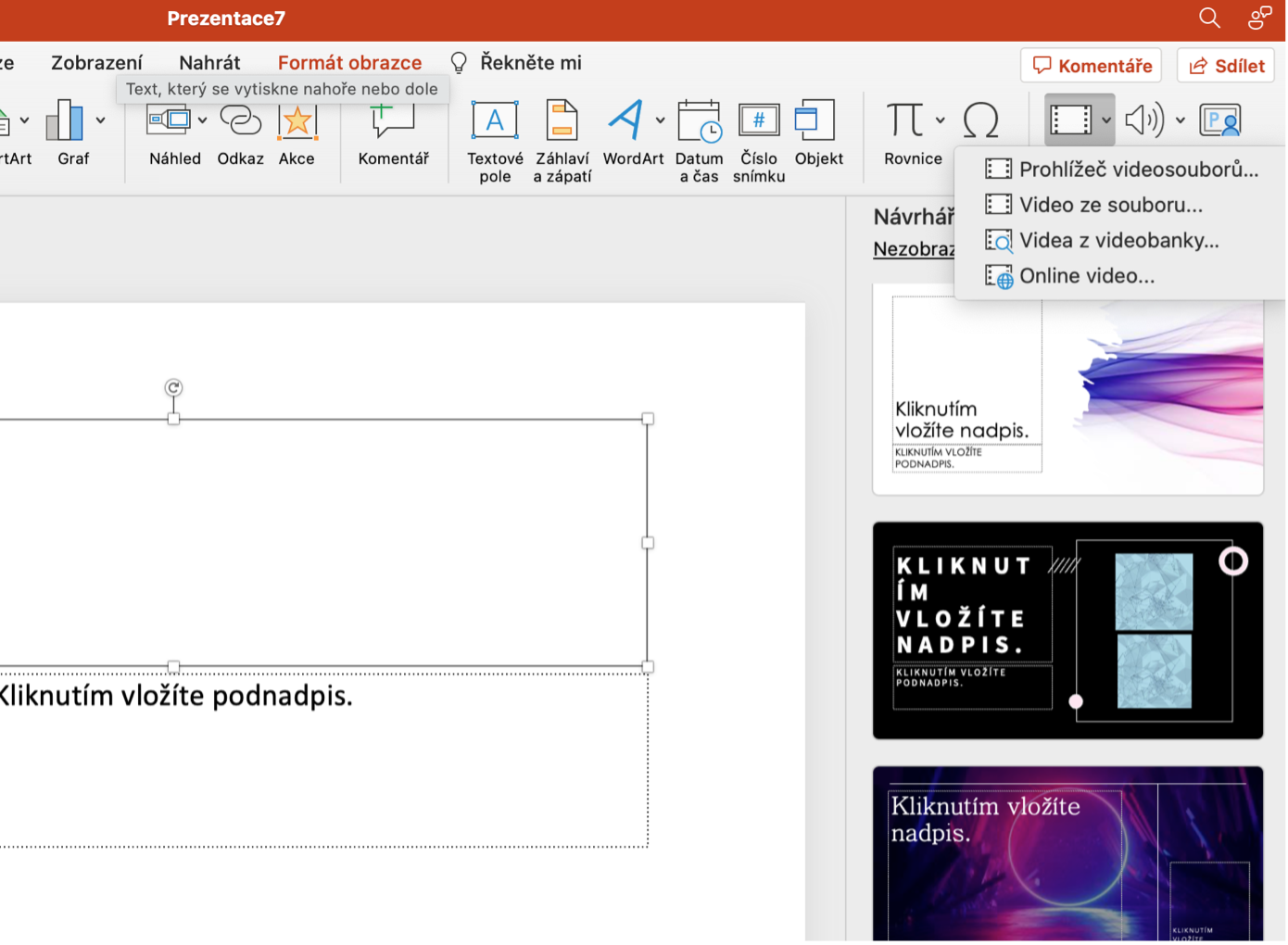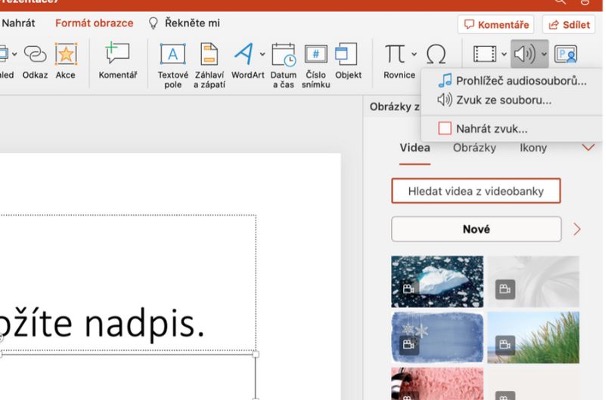
Inserting images and videos into a Powerpoint presentation is a great way to enhance the content. They make the presentation look better and can make it more engaging for the target audience. If you want to describe something to your audience, you should consider inserting a suitable slide or video. Moreover, you can combine different types of media in PowerPoint for better understanding of the content, which includes images, videos and audio elements.
Before we go on to describe how PowerPoint works with multimedia, let's recap the basics. Microsoft PowerPoint is one of the key applications that are part of the Microsoft Office suite. This package also includes other popular programs such as Word for word processing, Excel for spreadsheet calculations, and Outlook for managing emails and calendars.
PowerPoint itself is a sophisticated tool for creating presentations and is widely used in business, academic and other spheres around the world. It allows users to create visually engaging presentations with a variety of multimedia elements including text, images, videos, sounds and animations, which we'll talk more about in the following lines of this PowerPoint tutorial.
Try not to use just text - integrating images into your presentations will make them more lively and attractive. You can easily insert images stored on your computer onto any slide. Microsoft PowerPoint provides tools for searching for images online and for adding screenshots to presentations. There are three options for inserting an image:

In addition to images, you can also insert a video file into your presentation. The options are similar to images:
If you have a video saved in your files, simply click on the first option "From this device" and then select the file from the library. After selecting the video, just click on the "Insert" button.

Embedding a file from a video library is an effective way to add visual elements to your presentations. Video banks are databases where different types of visual content are stored. This includes not only videos, but also images, icons, cutouts, stickers, and illustrations. Images and icons can visually support the message and enhance the aesthetics of the presentation. Cutouts and stickers can add an additional graphic layer to help reinforce certain points or messages. Illustrations can be effective in visualizing concepts or processes that would be difficult to describe in words alone.
Embedding video directly from the internet offers us the advantage of not having to save the video to our disk beforehand. This saves time and disk space. The process is simple - just select the option to embed an online video and insert a link that points to the desired video. Once we insert the link, a preview of the video will automatically appear. PowerPoint supports the following video providers:
First, select the slide to which you want to add the video. Then on the "Insert" tab, click "Video" and then select "Video from file". In the newly opened dialog box, select the file to be embedded. Confirm the insertion of the video on the slide by clicking on the "Insert" button.
You can add pizzazz, extra dynamism and interactivity to your Powerpoint presentation by animating various elements. This feature allows you to animate a variety of objects including text, images, shapes, as well as more complex elements such as SmartArts. Animations can add various effects to an object. For example, they can make an object gradually appear on the frame or disappear. You can also use animations to move an object around the frame to create a motion effect.
In addition, you can use animations to change the size or color of an object, which can be useful for highlighting certain information or improving the aesthetics of your presentation. Adding animations to your PowerPoint presentation can help keep your audience's attention and make your presentation a much more attractive and engaging experience.
Music in a PowerPoint presentation can be a powerful tool that can enhance and enrich the overall feel of your presentation. Sound elements can attract the audience's attention, create an emotional atmosphere and add liveliness and dynamism to the presentation. Inserting an audio file is a relatively simple process. Here is a step-by-step procedure:

When you use music correctly in your presentation, it can increase its effectiveness and memorability. It is important that the music supports your message and contributes to the overall impression, not the other way around. Be creative and think about what music will best enhance your presentation and meet your expectations.
Different file formats may have different compatibility with PowerPoint. When inserting multimedia, it is important to check that your file is in a compatible format. PowerPoint supports many common image formats (for example, .jpeg, .png, .gif) and video formats (for example, .mp4, .wmv). If the file is in the wrong format, you can convert it using online tools or programs that support multimedia file conversion.
If you need to convert your PowerPoint presentation to Word, the process is simple. This is especially useful when you want to share your presentation with others as a text document or when you need to print your presentation for later use. Here is the step-by-step procedure:
Remember that effective use of multimedia in presentations can enhance their attractiveness and improve the delivery of information. PowerPoint is a powerful tool that can bring your ideas and opinions to life with visual and audio elements. Thank you for taking our PowerPoint tutorial and we hope it has provided you with valuable information and ideas for creating your own PowerPoint presentations. Enjoy the creation process and create presentations that impress.
If you are interested in creating and presenting information using Microsoft PowerPoint, we have another tutorial article to help you become an expert in this great application. In PowerPoint from A to Z: Become a Presentation Expert, you'll explore the key features of PowerPoint, learn how to create and format presentations, insert animations and objects, and get other helpful tips. You'll also find out how to get the free version of PowerPoint, install it on your PC or Mac, upgrade and uninstall it, and learn about different templates to make it easier to create.
Want to continue getting more useful information and tutorials related to Office? We encourage you to read our in-depth article, Getting Started with Microsoft Outlook Made Easy. In this article, you'll find a complete beginner's guide to all the basics of the application, from setting it up to managing your emails, calendars and contacts. We hope this article helps you to better navigate Microsoft Outlook and use it efficiently and productively.




Copyright © 2026 - Algotech a.s., all rights reserved
| Personal data processing |
Terms and conditions